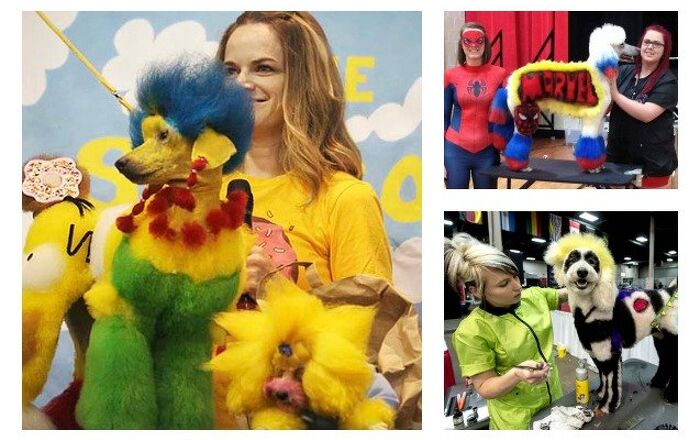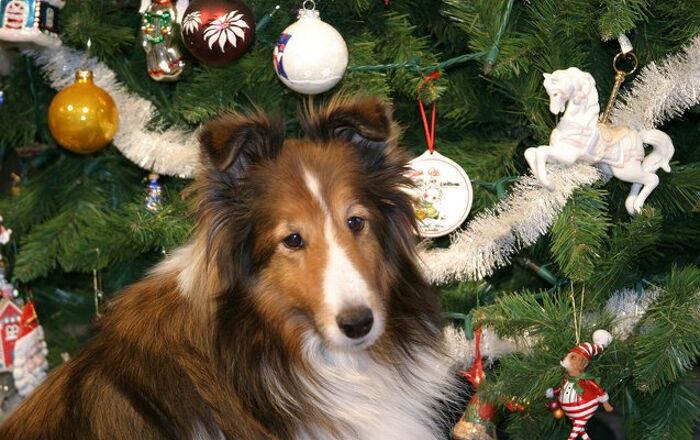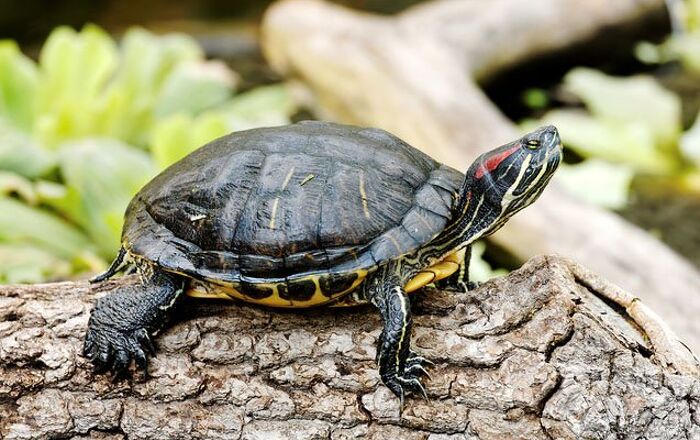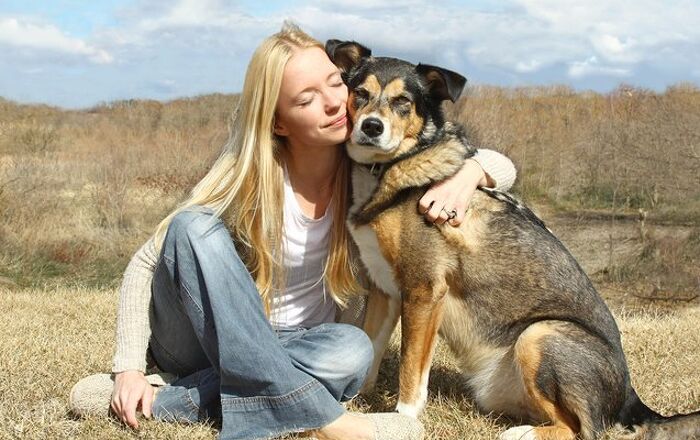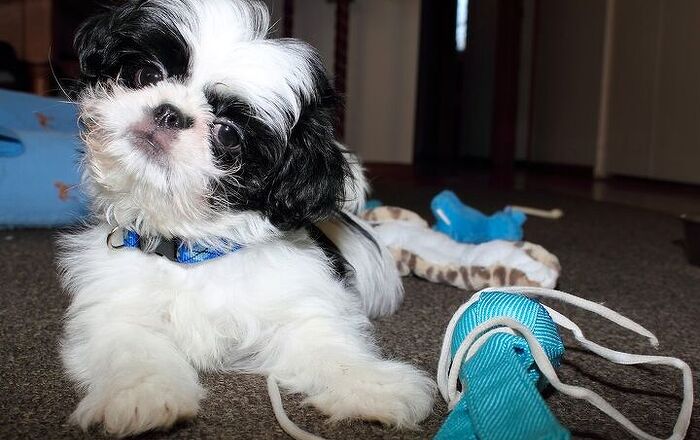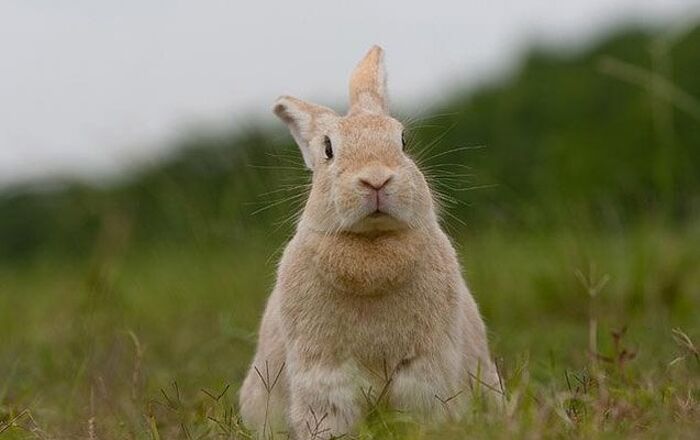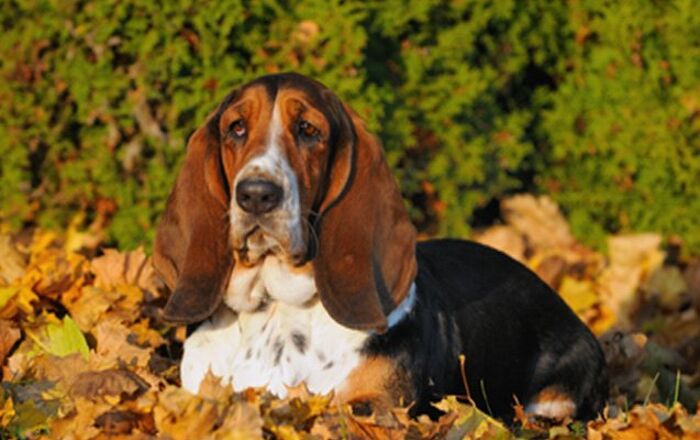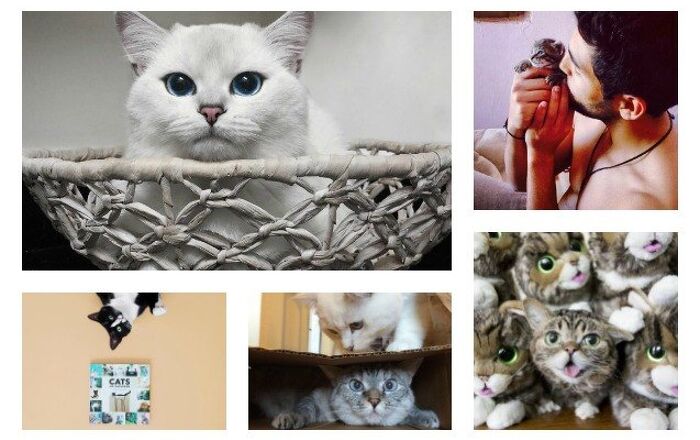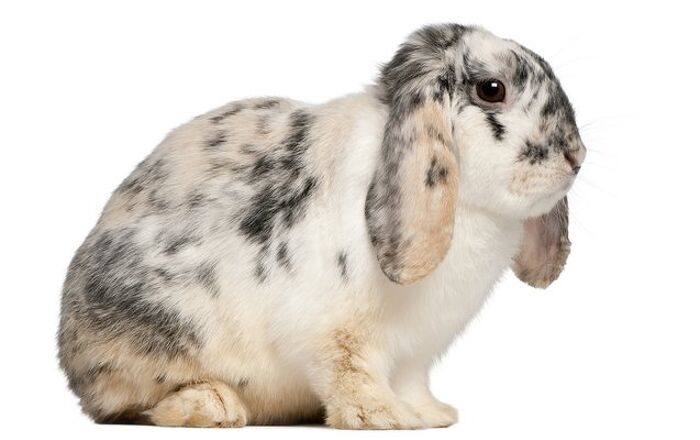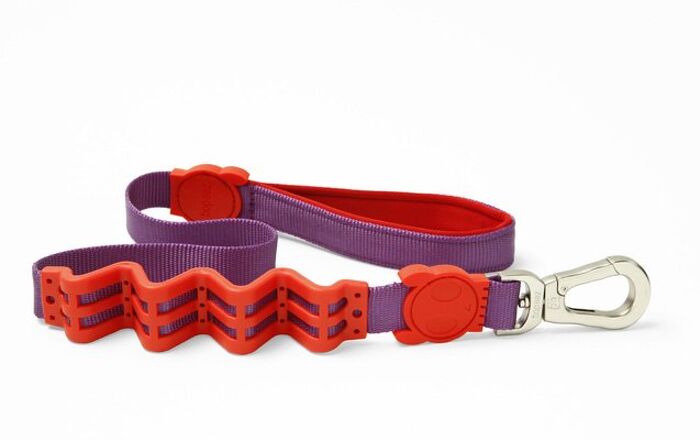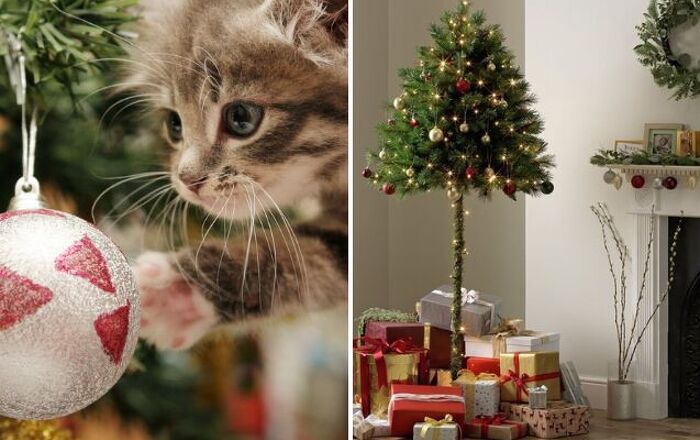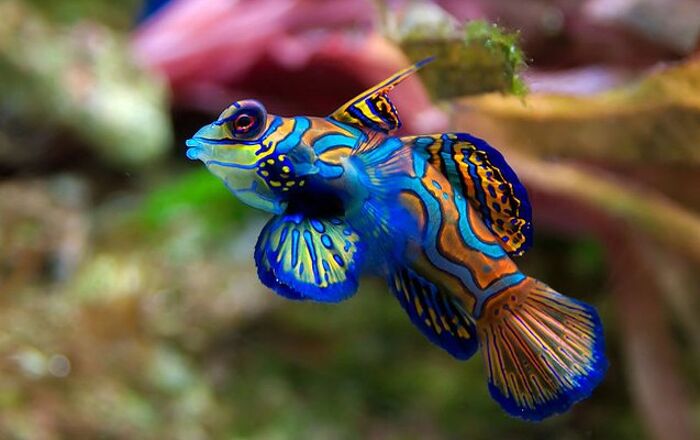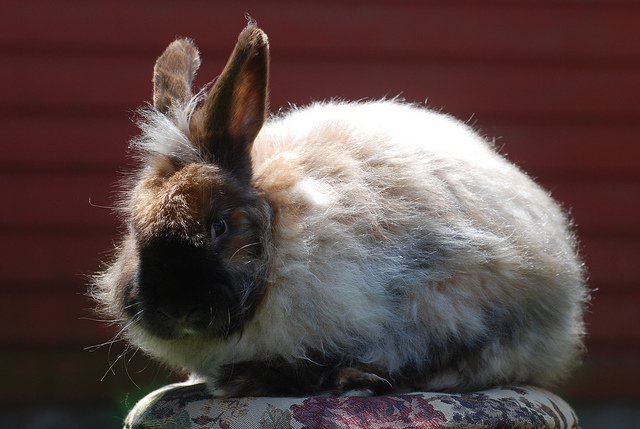
Satin Angora Rabbit Breed History/Origin
The Satin Angora rabbit can trace it’s linage to famous breeder John C. Fehr, who first created the satinized Angora back in 1930, but gave up on the project because he thought their fur was weak. Fifty years later, a Dutch woman living in Ontario, Canada named Leopoldina Meyer was shown a copper satin doe that had a long, woolly coat. Enchanted with its fur, she paired it with a French Angora and the result was a kindling of Satin Angoras.
The Satin Angora rabbit is often used as a fiber animal, which means they are bred to shave their coat – a process that doesn’t cause any discomfort.
Overall Description
Satin Angora rabbits have a commercial body type, with their sides having a slight taper from the hindquarters to the shoulders. They have relatively plain ears that can sometimes be slightly tufted and their oval head has a broad forehead and a slightly narrower muzzle.
The Satin Angora rabbit is often used as a fiber animal, which means they are bred to shave their coat – a process that doesn’t cause any discomfort. In order to take their coat, breeders brush the rabbit often or clip its thick coat using a pair of sharp scissors, which does not cause it any pain – like human hair, it always grows back. Although they are mostly used for this purpose, it is certainly not uncommon to have an Angora rabbit as a house pet, as they are very sociable, affectionate rabbits who love to cuddle with people and play with their own toys.
Coat
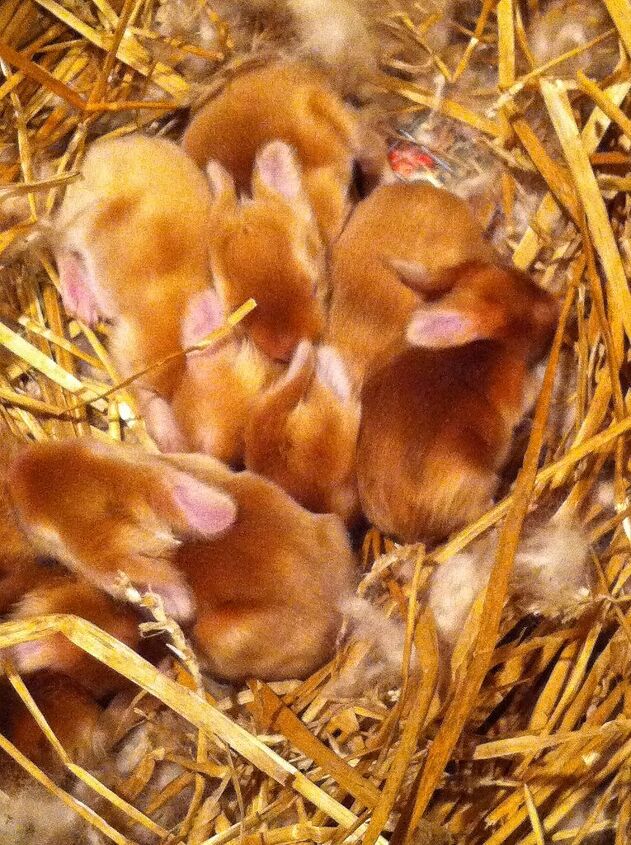
A Satin Angora’s fur is their pride and joy (the very reason why they are called “Satin” Angoras, after all). Their wool is finer, softer and silkier than other Angora rabbits. The reason their fur looks like satin is due to a recessive gene that causes the casing around the pigment in each hair to be translucent rather than opaque, like most fur. This gives their coat a distinctive sheen or luster. This gene also causes the diameter of each strand of hair to be smaller than normal wool. This means that this rabbit also produces some of the finest wool of any other rabbit breed.
Colors
The Satin Angora rabbit can have white, grey, brown or tan fur, or a combination of these colors.
Their wool is finer, softer and silkier than other Angora rabbits.
Care Requirements
Depending on how thick and long your Satin Angora’s fur is, combing them with a slicker brush (the kind used to dogs and cats alike) once or twice a week should be sufficient to keep it mat-free. Make sure you have a bag near to take the clumps of fur off the brush and resume brushing – you may have to do this a few times.
Due to their thick, dense fur, Angoras generally do well even in cold temperatures. Should you keep an outdoor enclosure, be sure to install plastic or wooden walls on three sides of the enclosure to keep the draft out. Don’t keep your Angora out when the temperature is too hot if your enclosure does not a way to keep them ventilated. A large wire cage that keeps them off their soiled bedding should be sufficient to keep your bunny happy.
Their diets should consist of 4-8 ounces of daily pellets, depending on their weight and age, as well as a handful of hay for their daily intake of fiber. To help digestion, feel free to add a tablespoon of sunflowers seeds to their pellets and always make sure your rabbit has fresh water at all times.
Your Satin Angora rabbit would benefit from daily outdoor activity time to soak up some much-needed sun…and to stretch out their muscles, of course! Always remember to always watch your rabbit whenever young children are involved.
Health
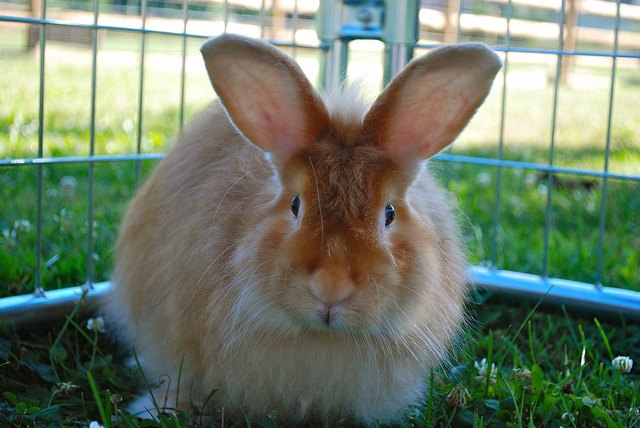
The number one health issue when it comes to Angora rabbits is Wool Block. Because rabbits groom themselves like cats, they end up ingesting loose fur that their tongues pick up. However, cats get rid of this loose fur by throwing up hairballs and unfortunately, rabbits cannot do that. Angoras are particularly susceptible to this because their fur is so thick. When their bellies are full of their own fur, they feel too full to eat and if left untreated, this causes them to starve themselves to death. The best way to make sure this doesn’t happen is to regularly brush their fur and always be aware if your rabbit is eating and drinking enough during the day because if they aren’t, it could be a symptom of Wool Block.
Other health issues that Angoras are at-risk for include ear mites, rabbit hemorrhagic disease, snuffles, coccidiosis, enteritis, fly strike and myxomatosis.
Be sure to keep a block of wood (not plywood) near your rabbit’s cage, as they need to gnaw something in order to keep their teeth from growing too long.
Satin Angoras do well with other rabbits and also enjoy human attention.
Temperament/Behavior
Angoras, whether they are Giant, English, French or Satin, are docile creatures that have no problem being handled. Satin Angoras in particular have been bred as fiber animals, and so they are tolerant of stroking and grooming.
The Satin Angora rabbit does well with other rabbits and also enjoy human attention. Should you have an indoor Angora, their temperament is comparable to a well-mannered cat – they will nap in any little corner of your home and will greet you at their cage door to be petted. They are also known to be little clowns and enjoy the occasional toy such as ball, piece of soft wood or even a pine cone.
Angoras are generally happy bunnies that are incredibly friendly with everyone they meet, even strangers! They love to go outside to run and hop around, so having a backyard where they can get some sunshine is definitely a requirement. When they’re indoors, they’ll be the quiet, cuddly companion you’ve always wanted.
Photo credit: vjmarisphotos/Flickr; Five Furlongs/Flickr; Erica Anne Kuntz/Flickr


